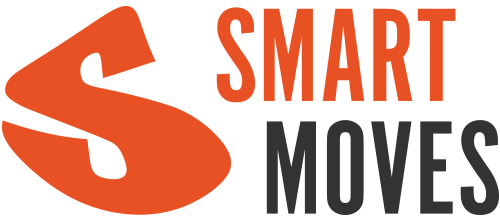In a good working position, the body is exposed to as little load as possible, and no part of the body is overstrained.
Tips for a labour worker:
- Plan your work. Before you start, think about the order in which the work is the best to be carried out, and whether you need equipment or an assistance from a co-worker.
- Remember a good technique when lifting. Learn the correct lifting technique and use it whenever you lift.
- Use assistive devices whenever possible in lifting and carrying.
- Pay attention to the recovery already during the work day: straighten the posture and relax your shoulders.
- The better your physical condition is, the better you will be able to cope in challenging working conditions and work postures. So take care of your body by being physically active also in your free time.
- Ask for aid with heavy workloads.
Lift correctly
Even the strongest professional’s back can’t handle lifting in an incorrect posture.
Lifting with a round back is a very common cause of sudden back pain. Whether you make one or a hundred lifts per day, each one should be performed in the correct way.
Remember the following tips when lifting:
- Use your feet! Squat properly so that you can get low enough and keep your back straight.
- The legs are not parallel: the other leg is slightly further forward.
- Activate your abdominal muscles.
- Be close to the load that’s about to be lifted.
- Do not lift heavy loads alone.
- Use hoists and other assistive devices whenever possible.
- Even a light object can be difficult to lift if you can’t get a good grip on it. If necessary, ask a friend for help.
Tasks that require holding hands up
Holding hands up above the shoulder level puts a strain on the neck and shoulders.
Many jobs require holding hands at shoulder level or above. This causes tension in the shoulders and often results in neck pain. Working with raised hands is familiar to e.g. barbers.
If your work involves holding hands up, note the following tips:
- Plan your work so that working in a position with hands held high is as short-term as possible.
- Take breaks regularly so that your muscles can rest.
- Lower the object or raise yourself whenever you can do it safely. However, pay attention to the safety.
- Fall into a habit of taking breaks and moving. You don’t have to start exercising but just a few movements are enough to stimulate blood circulation (e.g. rotating your shoulders).
- Recreational exercise is an important counterbalance to work, as tense muscles need movement to relax.
To prevent neck aches, it is important to take breaks during the work day and relax your shoulders regularly.
Repetition work
Constant repetition of the same movement can cause various pains and strain injuries.
A lot of repetitive work is carried out, for example, at the cashier of the grocery store and in the food distribution of the main kitchen. A prolonged one-sided load can cause pain and strain injuries, such as tendinitis. Most often, symptoms occur in the areas of the wrist and forearm.
Taking care of your work postures is especially important when the same work phases are constantly repeated. If you notice that you are adversely affected by a certain part of the work, react to it as quickly as possible. Contemplate the other possible ways to do the work. Ask your co-workers, supervisor or occupational safety and health for help. Even with a small change, you can avoid strain injuries.
Ergonomic options will never remove all the load. You will always have to use your muscles to find a good working posture.
